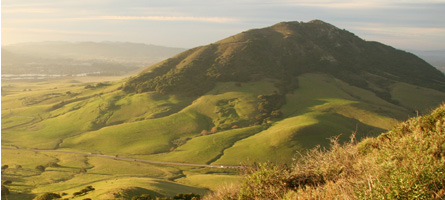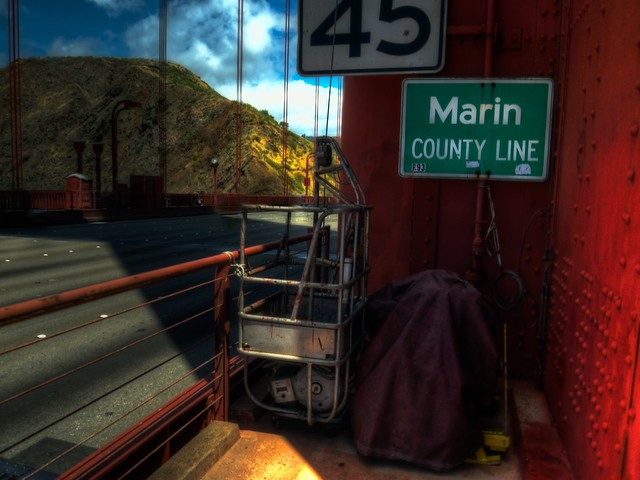 Last Thursday, the IJ published an editorial defending the Grady Ranch affordable housing project from critics. If we don't know what the project will look like, asks the editorial board, how can we criticize? Perhaps it will include a bike lane and sidewalks all the way to 101. Perhaps there will be a place for Marin Transit to run a shuttle, never mind the cost. And perhaps there will be a small grocery store so residents will be able to do at least one errand without getting in the car.
Last Thursday, the IJ published an editorial defending the Grady Ranch affordable housing project from critics. If we don't know what the project will look like, asks the editorial board, how can we criticize? Perhaps it will include a bike lane and sidewalks all the way to 101. Perhaps there will be a place for Marin Transit to run a shuttle, never mind the cost. And perhaps there will be a small grocery store so residents will be able to do at least one errand without getting in the car.
While it's true that we don't know how the project will look, the arguments in defense of the project don't address the fundamental flaw of “affordable” sprawl: the burden of car-dependence on residents, and the burden of maintenance on the County.
Grady Ranch isn't “a rare opportunity to help meet Marin's need for affordable housing.” To the contrary, it would doom hundreds of low-income people to an expensive existence of car-dependance. The whole point of creating a walkable, bikeable mix of jobs and housing, which the IJ dismisses so easily, is to free people from the burden of car ownership. A car should be an option for those who want it, not a necessity for those who can't afford it. Why we would want to give our poor another burden they cannot carry is beyond me.
If car ownership will be residents' burden, services and infrastructure will be the County's. MCF, as a nonprofit, doesn't pay any taxes on any of its land or developments, meaning new residents won't have to pay. And, even if supervisors could foist the cost of extending services and infrastructure onto developers, that still leaves ongoing costs. Infrastructure needs maintenance and services have payrolls. Will Lucas, or MCF, or “possible grant providers” be willing to pay that expense for the next 50 years? Somehow, I don't think even George Lucas would be that generous.
These problems and the others I raised before need to be addressed in the first draft of the plan, not later. We cannot give MCF and Lucas “the opportunity to come up with a detailed plan before going on the attack.” Supervisors, citizens, and the two Grady Ranch partners must answer these problems now.
Besides, even if Grady Ranch is an irredeemable project, that doesn't mean the end result can't be less terrible. Given how bad the project is just on its face, we need to start to shape it before they've put time into a detailed plan. If the county pushes forward, this may be the only chance we'll get.






